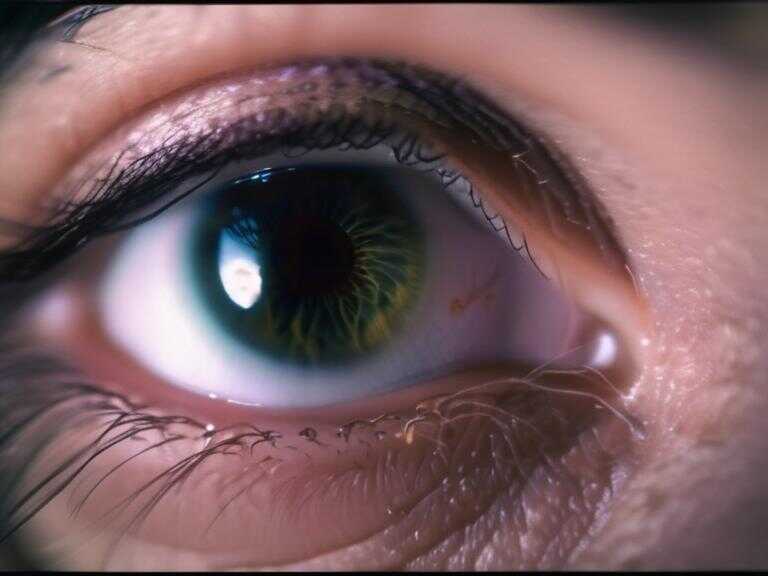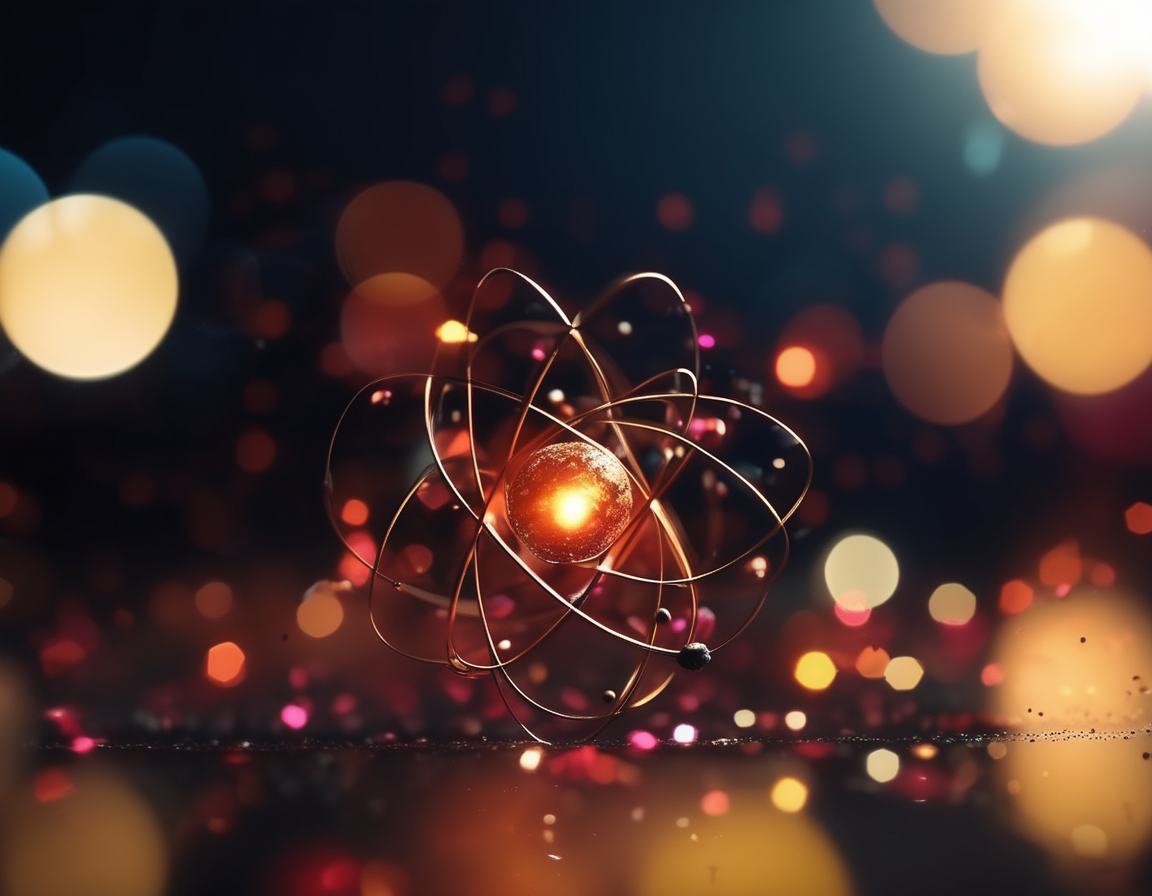
Perseid Meteor Shower Peaks August 11-12: Don't Miss the Celestial Show!
The Perseids meteor shower, peaking Aug. 11-12, offers a spectacular sight despite potential moonlight interference. Best viewed from the Northern Hemisphere.

The vast expanse of the universe is home to various cosmic phenomena, yet only a handful can be witnessed by the naked eye. Among these, meteor showers stand out as a dazzling spectacle, with the Perseids being one of the most anticipated annually.
Despite a myriad of energetic cosmic events, the scope of their visibility from Earth remains limited. Nonetheless, meteor showers, akin to celestial fireworks, captivate stargazers with their ephemeral beauty. Despite the myriad of such events, the upcoming Perseid meteor shower holds a position of prominence in the astronomical calendar.Peak Viewing and Global Meteor Network
The Perseid meteor shower, active since mid-July and expected to continue until the end of August, will reach its zenith between August 11 and 12. During this period, avid night sky observers can witness a dazzling display of as many as 100 vibrant long streaks per hour, making it a favorite among astronomy enthusiasts.
Viewing Conditions and Challenges
While the Perseids are best observed from the Northern Hemisphere, this year’s spectacle may be partly obscured by the moon’s brightness, as it will be nearly half full on the night of the peak. However, according to Sky & Telescope, the moon is expected to set before midnight, allowing ample dark hours for an unhindered view of the meteor shower.Conclusion
As the Perseid meteor shower approaches its peak, astronomy enthusiasts eagerly await the opportunity to witness this captivating natural phenomenon. Despite potential challenges posed by lunar brightness, the Perseids promise a stunning showcase of celestial beauty that will undoubtedly leave observers in awe.
Share news















